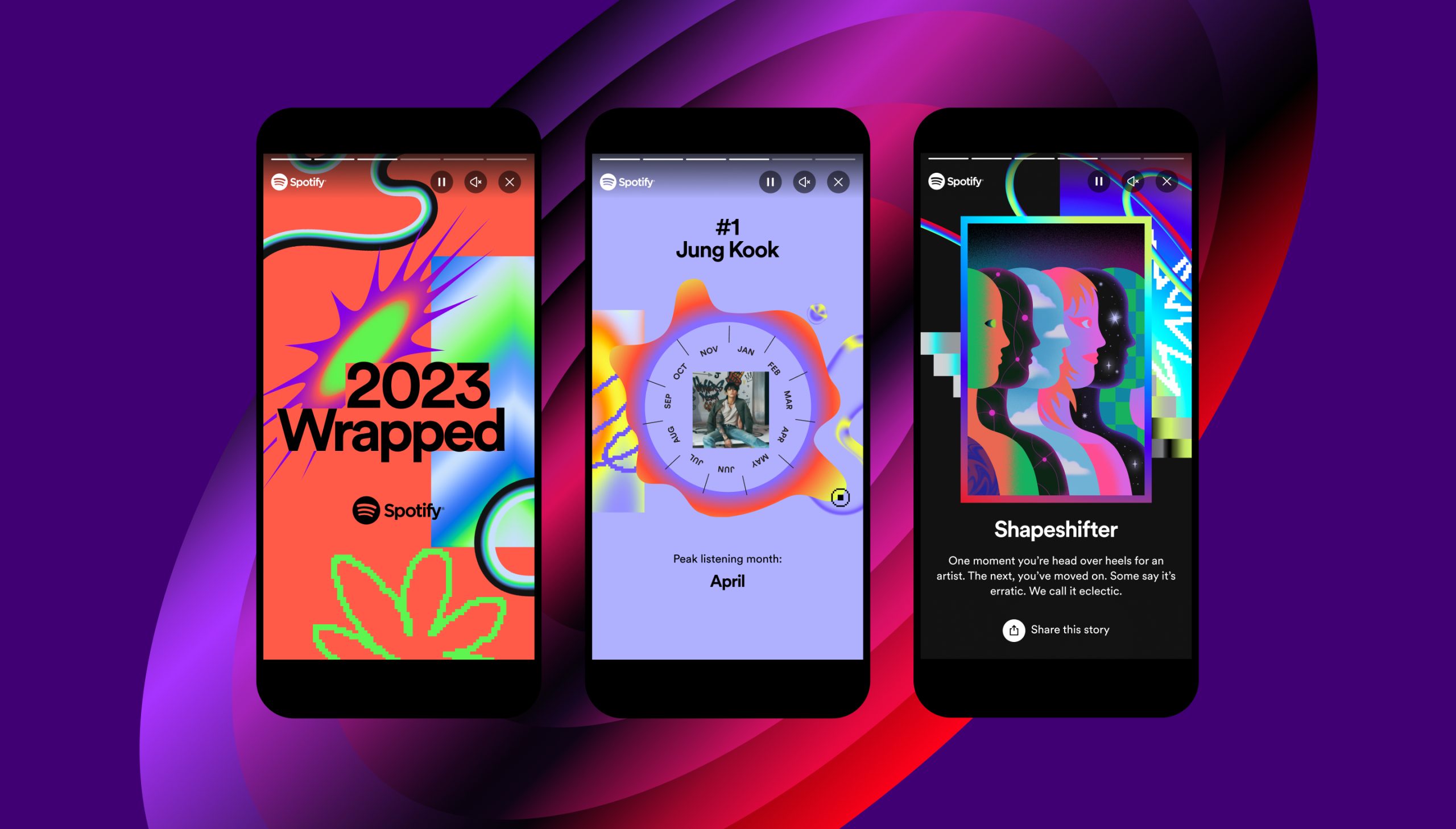In today’s digital age, measuring customer engagement is crucial for businesses striving to connect with their audience effectively. Customer engagement metrics provide valuable insights into customer behavior and interactions with your brand. In this comprehensive guide, we will delve into the world of customer engagement metrics, exploring their significance, types, and how to leverage them to enhance your business’s success.
What Are Customer Engagement Metrics?

Customer engagement metrics encompass a wide range of data points that help businesses assess how their audience interacts with their brand. These metrics provide actionable insights into the effectiveness of your marketing strategies, customer satisfaction levels, and overall brand perception.
The Importance of Tracking Customer Engagement
In a competitive market, keeping your customers engaged is paramount. Engaged customers are more likely to become loyal advocates of your brand, leading to increased sales and positive word-of-mouth marketing.
Types of Customer Engagement Metrics
Website Engagement Metrics
1. Page Views
Page views measure how many times visitors view a particular page on your website. This metric helps you understand which pages are attracting the most attention.
2. Time on Page
Time on a page indicates how long visitors spend on a specific page. Longer durations can signify greater interest in the content.
3. Bounce Rate
The bounce rate represents the percentage of visitors who leave your website after viewing only one page. A high bounce rate may indicate a need for improved content or user experience.
Social Media Engagement Metrics
1. Likes and Shares
Likes and shares on social media platforms demonstrate audience engagement with your content. The more likes and shares, the wider your brand’s reach.
2. Comments and Replies
Engaging content often sparks conversations. Comments and replies indicate active discussions around your brand.
3. Follower Growth
Tracking follower growth over time reveals your brand’s ability to attract and retain an audience.
Email Engagement Metrics
1. Open Rate
The open rate measures the percentage of recipients who open your marketing emails. A high open rate suggests effective subject lines and email content.
2. Click-Through Rate (CTR)
CTR indicates the percentage of email recipients who clicked on a link within your email. It measures the effectiveness of your call to action.
3. Conversion Rate
Conversion rate measures the percentage of email recipients who completed a desired action, such as making a purchase. It reflects the email’s impact on your bottom line.
Why Social Media Engagement Metrics Matter
1. Building Customer Loyalty
Engaged customers are more likely to stick with your brand, leading to increased customer loyalty and lifetime value.
2. Enhancing Customer Satisfaction
Tracking engagement metrics allows you to identify areas where your customers may be dissatisfied, enabling you to make improvements and enhance overall satisfaction.
3. Increasing Conversion Rates
Effective engagement strategies can lead to higher conversion rates, turning potential customers into paying ones.
How to Measure Customer Engagement Metrics
1. Setting Clear Goals
Start by defining your objectives. What do you want to achieve with your engagement efforts? Clear goals will guide your metric selection.
2. Choosing the Right Metrics
Select metrics that align with your goals and are relevant to your industry. Avoid data overload by focusing on the most meaningful indicators.
3. Utilizing Analytics Tools
Leverage analytics tools like Google Analytics, social media insights, and email marketing platforms to collect and analyze data efficiently.
Interpreting Customer Engagement Data
1. Identifying Patterns
Look for trends and patterns in your data. Identifying what works and what doesn’t will help refine your engagement strategies.
2. Making Informed Decisions
Use the insights gained from your metrics to make informed marketing decisions and optimize your campaigns.
3. A/B Testing for Improvement
Experiment with different approaches to see which ones resonate most with your audience. A/B testing can help fine-tune your engagement strategies.
Improving Social Media Engagement
1. Creating Engaging Content
Produce high-quality, relevant content that speaks to your audience’s needs and interests.
2. Personalizing Customer Experiences
Tailor your interactions to each customer’s preferences and behaviors for a more personalized experience.
3. Building a Strong Online Community
Foster a sense of community among your customers, encouraging them to engage with each other and your brand.
Challenges
1. Data Privacy Concerns
As data collection grows, customer concerns about privacy are on the rise. Businesses must prioritize data security and transparency.
2. Accuracy and Reliability
Ensuring that the data collected accurately reflects customer behavior is essential for meaningful insights.
3. Keeping Up with Trends
The digital landscape is ever-changing. Staying updated on the latest technologies and engagement trends is crucial for success.
Future Trends
1. AI and Predictive Analytics
Artificial intelligence and predictive analytics will play a significant role in forecasting customer behavior and enhancing engagement strategies.
2. Voice Search and Smart Assistants
As voice search continues to rise, optimizing for voice-enabled devices will become a key focus for engagement.
3. Omni-Channel Engagement
Customers expect seamless interactions across multiple channels. Omni-channel strategies will be vital for maintaining engagement.
Case Studies of Record-Breaking Customer Engagement
Case Study 1: Nike’s “Dream Crazy” Campaign

In 2018, Nike launched the “Dream Crazy” campaign featuring Colin Kaepernick, which sparked significant public conversation. The campaign focused on inspiring messages that resonated deeply with their audience, leading to record-breaking engagement metrics.
- Impact: The campaign garnered over 5 million mentions on social media within 72 hours. Nike’s social media engagement soared, with a 1700% increase in mentions and a 31% boost in sales.
- Metric Highlight: The increase in follower growth and engagement on Nike’s social media platforms was unprecedented, reflecting the power of aligning brand messaging with audience values.
Tweet by Influencer:
“Nike’s ‘Dream Crazy’ campaign is a masterclass in aligning brand values with social impact. It’s not just about sales; it’s about creating a movement. 🏆 #MarketingGoals” – @MarketingMaven
Case Study 2: Spotify Wrapped

Spotify’s annual “Wrapped” campaign allows users to see a personalized summary of their listening habits, which they can share on social media. This campaign has consistently broken engagement records every year.
- Impact: In 2020, “Spotify Wrapped” was mentioned over 1.2 million times on Twitter in the first two days. It created a massive social media buzz, increasing user engagement and attracting new subscribers.
- Metric Highlight: The open rate for the “Wrapped” emails was 2.5 times higher than their average campaign, showcasing the effectiveness of personalized content.
Tweet by Influencer:
“Spotify Wrapped is a genius blend of data and personal storytelling. It’s not just marketing; it’s a celebration of each listener’s year in music. 🎶 #CustomerEngagement” – @TechGuru
Case Study 3: Starbucks Rewards Program

Starbucks revamped its rewards program to enhance customer engagement by offering more personalized rewards and an improved user experience.
- Impact: The new program saw a 15% increase in active membership within the first three months. Mobile order and pay grew by 40%, demonstrating how an improved customer experience can drive engagement.
- Metric Highlight: The conversion rate for app downloads and user engagement increased significantly, showing the value of a well-designed loyalty program.
Tweet by Influencer:
“Starbucks’ new rewards program is a fantastic example of using data to enhance customer loyalty. Personalization is key! ☕️ #CustomerExperience” – @RetailExpert
Leveraging Customer Engagement Metrics: Best Practices
1. Building Customer Loyalty
Engaged customers are more likely to stick with your brand, leading to increased customer loyalty and lifetime value. Focusing on metrics such as repeat purchase rates and customer satisfaction scores can help you measure and improve loyalty.
2. Enhancing Customer Satisfaction
Tracking engagement metrics allows you to identify areas where your customers may be dissatisfied, enabling you to make improvements and enhance overall satisfaction. Pay attention to social media sentiment and customer feedback to gauge satisfaction levels.
3. Increasing Conversion Rates
Effective engagement strategies can lead to higher conversion rates, turning potential customers into paying ones. Metrics such as click-through rates (CTR) and conversion rates from email campaigns can provide insights into the effectiveness of your strategies.
Conclusion
In the fast-paced world of digital marketing, understanding and utilizing customer engagement metrics is essential for sustained success. By measuring and interpreting these metrics, you can adapt your strategies, build stronger customer relationships, and ultimately achieve your business goals.
If you’re ready to take your customer engagement to the next level and explore cutting-edge technologies to support your efforts, we invite you to request a demo from AIM Technologies. Discover how our innovative solutions can help you harness the power of data and enhance your engagement strategies.
FAQs
What are customer engagement metrics?
- Customer engagement metrics are data points that measure how customers interact with a brand. They include website metrics, social media metrics, and email metrics, among others.
Why are customer engagement metrics important?
- Customer engagement metrics help businesses assess the effectiveness of their marketing efforts, build customer loyalty, and enhance satisfaction, ultimately leading to increased sales.
How can I improve customer engagement?
- Improving customer engagement involves creating engaging content, personalizing customer experiences, and building a strong online community around your brand.
What challenges are associated with measuring customer engagement?
- Challenges include data privacy concerns, ensuring data accuracy, and staying updated with evolving digital trends.
What are some future trends in customer engagement metrics?
- Future trends include the integration of AI and predictive analytics, optimization for voice search, and the adoption of omni-channel engagement strategies.




